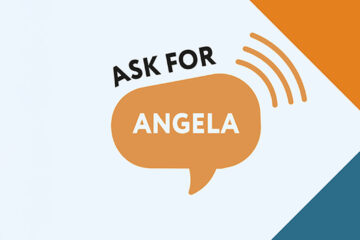The Sext Talk
Children are getting smartphones at a younger and younger age, and what they’re doing with them may surprise you. Help your child safely navigate their digital space with sound “sexting” advice.
As smartphones have become ubiquitous, so too has the practice of “sexting,” the sending of sexually explicit content, generally through mobile devices. While adults engage in this practice, it’s also become common in teenage relationships. According to statistics from TeenSafe, a service that allows parents to monitor their kids’ mobile behaviour, it’s estimated that 40 per cent of high school students have either sent or received a “sext” and 70 per cent of teens admit to sexting with their significant other. We spoke with TeenSafe’s CEO Rawdon Messenger to find out what parents should communicate to their kids to ensure safe use of their devices. And the first thing to consider is …
You Can Never Get It Back
Any time a text or an image is sent, it’s gone — like, gone gone. It’s irretrievable; its fate is out of your hands. “You can’t control what happens to that image,” says Messenger. “And even if it’s somebody trusted, you never know what’s going to happen to it.” Which leads into the second point …
If It’s Not Meant for Everyone, It’s Not Meant for Anyone
“Never send an image to anyone that you wouldn’t want the whole world to see,” says Messenger. Sending a photo via text is the same as handing out photocopies of it — only worse, as it can be sent to a third (fourth, fifth, etc.) party instantly. “We’ve seen it time and time again where people’s private and personal digital content, whether it’s images or anything, even years later, can come back to haunt them.” So it should go without saying …
Don’t Share Anything Inappropriate — Even of Someone Else
If it never leaves your possession it can’t come back and hurt you. The safest thing to do is simply not share anything inappropriate. Period. And that includes images of other people. “If somebody sends you a picture, you shouldn’t then go and post it on Instagram or forward it to your friends,” says Messenger. If you do receive something unseemly …
Talk to Somebody
If your child is sent something that could be harmful to others, they should feel that they can come to you about it. If something they received makes them uncomfortable they should “talk to somebody about it,” says Messenger — whether a parent, a teacher, a friend or even the person that sent it. Speaking up could be the difference to making it stop. And finally …
Don’t Connect with Untrustworthy Individuals
If you don’t completely trust someone, don’t acknowledge their sexting requests. Messenger explains that a new phenomenon that is sadly arising is “sextploitation,” where someone will send an inappropriate photo of themselves to another, who will then turn around and claim they will send the photo to, say, the whole school unless they do further inappropriate behaviour.
“We’re the first generation of parents to be giving our children smartphones and we have to think about the consequences,” Messenger concludes. “Some of them are good, some of them are bad. We’re all learning this together.”
With these tips, maybe you can help your children learn too.














































































No Comment